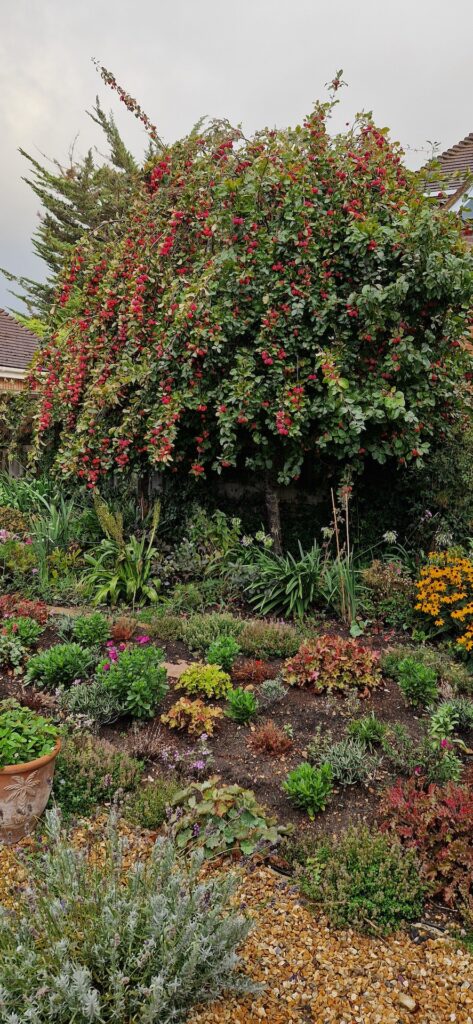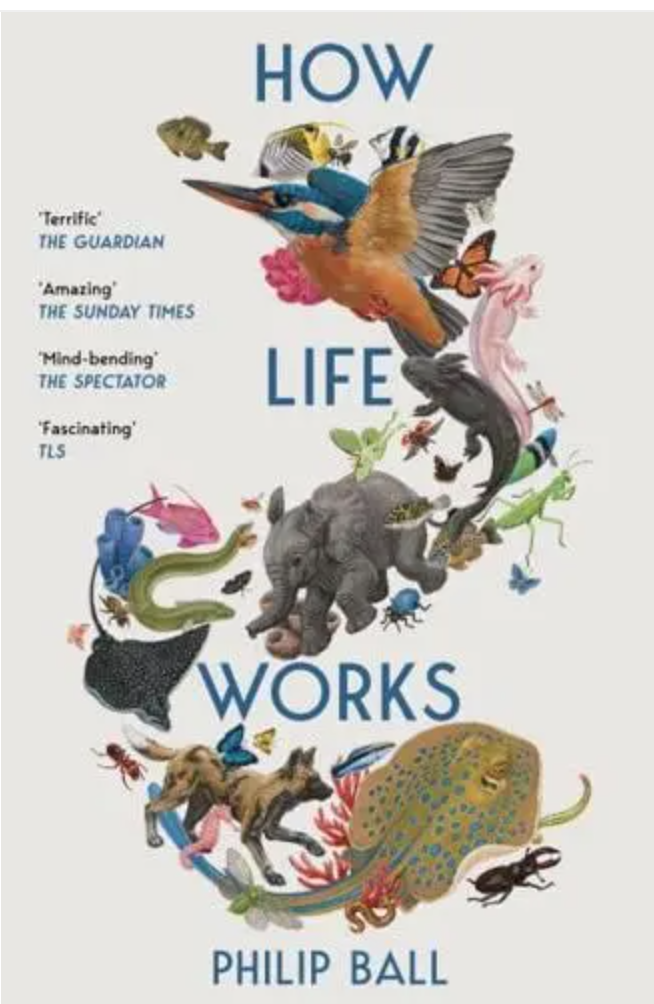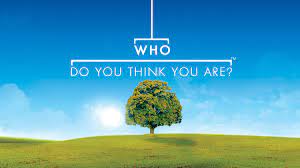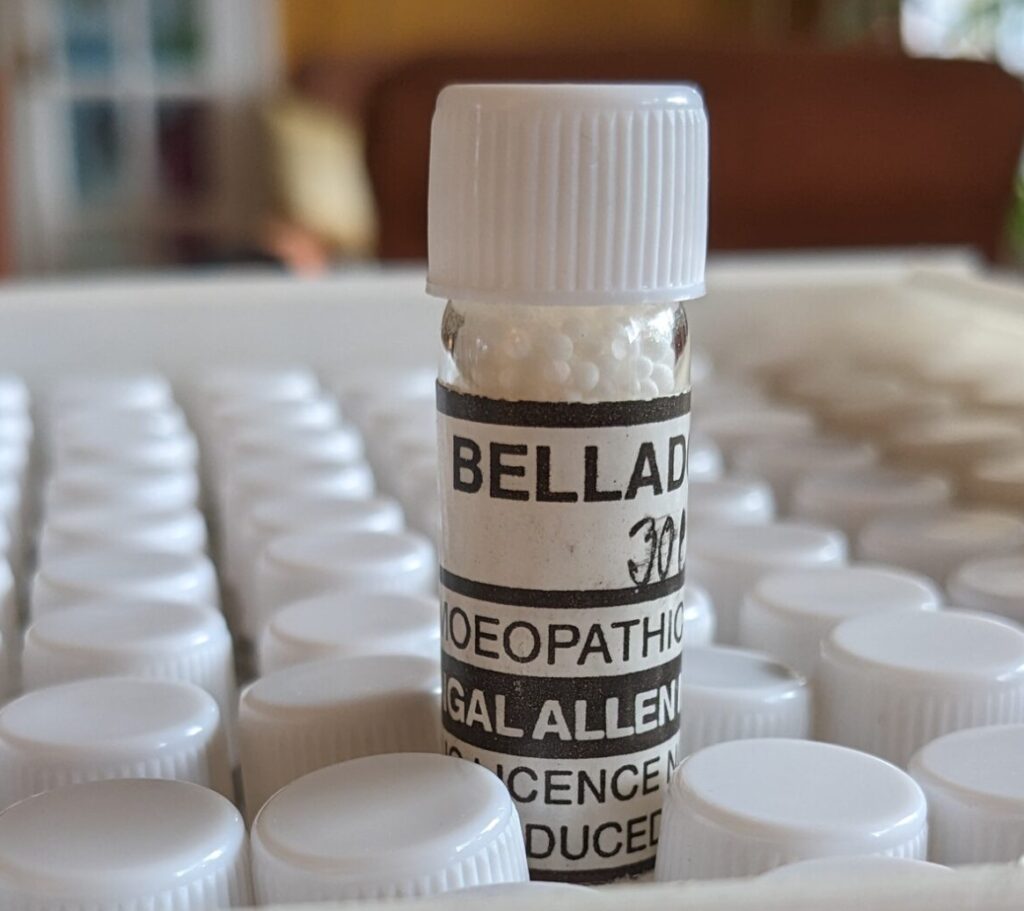This blog considers the difficult question, How do Homeopathic Medicines Work and complements my July blog on the Vital or Life Force.
This Life Force is all around and what a wonderful summer it has been (excepting some drought) as the crop on my crab apple tree shows:

Let’s begin with a recap.

In July I referenced a book titled How Life Works by Philip Ball. Ball is a former editor of the major science journal Nature. He tells the reader that despite our increasing knowledge through such as mapping the human genome, we still don’t know what ‘Life’ is.
I then quoted Dr Samuel Hahnemann, the German physician who set down the tenets of Homeopathy in the early part of the 19th Century who wrote this:
“Without the vital force the material organism is unable to feel act or maintain itself….It is only this vital force thus untuned which brings about in the organism the disagreeable sensation and abnormal functions that we call disease…..“.
The concept of an invisible animating force was not considered controversial in Hahnemann’s time, but is denied by modern science. Ball correctly reasons that the terminology ‘Life’ and ‘Vital force’ are one and the same (tautology), but neither helps explain the phenomena from a scientific perspective.
As current science is a reductionist / materialist pursuit, I hazard the assumption that for most researchers the answer must sit within living things, and so the search goes on. But there is a sense of going down the proverbial rabbit hole.
Finally, drawing on Edi Bilimoria’s magnum opus Unfolding Consciousness, I shared a diagram showing western and eastern variations on the theme of spirit, soul and physical body. Whilst religious observance has declined in the scientific era, many people still have a sense of something beyond the material.
The above title comes from the BBC programme that looks into genealogy, but I wish to take a different tack. Before we can understand homeopathy and its medicines, we need to understand who we are.

Here is some food for thought:
The material (physico-chemical) constitution of the body is not in doubt. But from the above list there are wider processes at play that are not material in nature. Religious thought (independent of creed) generally accepts that human beings are both material and non-material (spiritual).
Put another way, life is a metaphysical concept. Something beyond the pure physical world.
Rudolf Steiner (1861-1925) was an Austrian polymath (philosopher, architect, esotericist, educator). He founded the Anthroposophical movement (aka human-wisdom). Steiner thought highly of Hahnemann and anthroposophic medicines are similar to those used in homeopathy.
Notably, Steiner developed a concept of formative forces, quite nicely summarised by Google AI as follows:
‘Rudolf Steiner’s concept of formative forces refers to subtle, non-physical energies that shape and organise living beings and the natural world, including growth and development. These “etheric formative forces” are seen as originating from cosmic sources and working within a person’s etheric body, influencing physical form, organ functions, and development.’
So here again we see the concept of a life force that is external to the physical body.
Accepting the general thrust of the foregoing, then all living things are subject to these formative forces from conception to death. Consequently, any disturbance to these external forces must impact on the physical or material body. This is disease.
Hahnemann took the view that the untuned vital force was the seat of most disease. None doubt the adverse effect on health of any shock or trauma or toxins. Consequently, it would seem reasonable that both physical and emotional events impact on the formative forces as Steiner terms them.
Acupuncture is another therapy – a component part of Traditional Chinese Medicine (TCM) – which again seems to act as a harmoniser. In TCM unbalanced energy centres (the chakras and nadis) disturb the flow of life giving forces leading to disease symptoms.
Needless to say the concept of healing hands and indeed prayer must interface with these general concepts.
That medical science is solely interested in the physico-chemical (material) is unfortunate. As a consequence medical science seems to be blind to the metaphysical and other possibilities for healing.
In my June blog you will find details of a most interesting book looking at medicine and healing by Dr Paul Dieppe.
Homeopathic medicines are ultra-dilutions. Importantly, at each step of dilution there is agitation (succussion). The process is rather well explained in this Wikipedia article.
The author deems this pseudoscience because a point is reached where no molecule of the original substance (typically a plant or mineral) remains. No homeopath denies this.
As modern medical science is a materialistic endeavour, there can be no effect in the absence of substance. Here homeopathy disagrees.
But consider this. I am writing this blog in a room filled with information: radio and television waves, phone signals and internet connections. Ne’er a molecule in sight.
(You might care to consider the impact of this man-made ‘ether’ on the vital or formative forces. There are certainly some people who are sensitive to mobile phone masts, electrical sub-stations, pylons and such like).
Biologist Rupert Sheldrake (if I recall correctly) made the analogy of the news reader on the television. To the materialist, he or she must reside inside the television. Thus, you open the device and look at the component parts until he or she is found. Ridiculous? But is akin to the scientific approach to life – it is in there somewhere.
As a matter of interest, Hahnemann initially gave material doses of medicine. In seeking to find the minimum effective dose he happened upon the potentisation process (serial dilution + succussion). It was a remarkable piece of experimentation.
As the Wikipedia article correctly states, the chemistry of atoms and molecules was in its infancy in Hahnemann’s time, so he would not have known that the dilutions were sub-molecular.
He still got results from his medicines. So some property of the original substance remains. But what?
How then do Homeopathic Medicines Work? The simple answer is that – as yet – we do not know. However, the body of clinical evidence reaching back 175 years indicates efficacy.

Disappointing? Perhaps, but a detailed understanding of how medicines work has never been essential in medicine. Many drugs are proven useful in a given condition without a clear understanding of why. To this day much of medical practice is empirical.
The challenge for homeopathy is not empiricism but the ultra-dilutions. The implication is that homeopathy acts at the metaphysical level.
It is clear that homeopathic medicines are not biochemical drugs. They appear to operate rather like a software download. I wish to suggest that homeopathy is information medicine.
Steiner, drew analogy with a bank account. If you overspend you pass the point of no money and have debt (negative money). Similarly, dilution beyond the material results not in nothing but in a negative quality of the original substance. Interestingly, in homeopathy you can give a homeopathic potentised bacteria to negate the effect of actual bacteria in the body.
Medicines though usually made traditionally by pharmacies as described in the Wikipedia article, can also be generated electronically. I am not knowledgeable on the technology but I infer a quality of frequency.
The late Dr Alistair Jack, GP and Homeopath in the Bromsgrove area, made analogy with a key and a lock. For a homeopathic medicine to work the key has to fit the lock. In current time the analogy might be the remote on you car key. You need the right frequency to unlock the door.
Interestingly Hahnemann knew that a homeopathic medicine could be taken by olfaction (smelling) as an alternative to orally. Some Homeopaths in the Netherlands use this method exclusively.
The Homeopathic Research Institute was only established in 2009 under the leadership of Dr Alex Tournier and Rachel Roberts.
Its objectives are to communicate and share the existing evidence, and to undertake quality research. Prior to that time there was no global coordinating body for research.
Funding this activity is challenging in the face of scepticism and the powerful commercial interests of the pharmaceutical industry. Nonetheless good progress has been made as you can read on their website. And it is not only medicine were homeopathy is proving effective, but also in agriculture.
***
Finally, this year marks the 30th anniversay of the International Academy of Classical Homeopathy (IACH) established by Professor George Vithoulkas on the island of Alonissos in his homeland of Greece. He is now in his 90s and still working. I attended a course there in 2017. The IACH has produced this short video as a tribute. Remarkable man.
***
Perhaps you would be interested in exploring Homeopathy for your health? I offer a free 30 minute discovery call to allow you to investigate further.